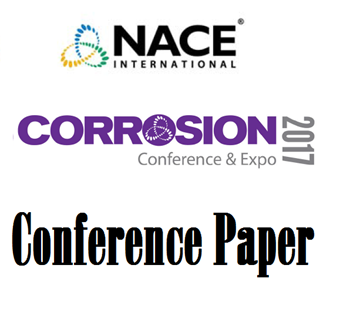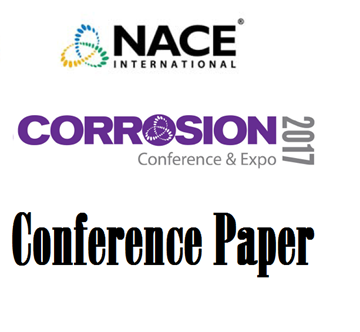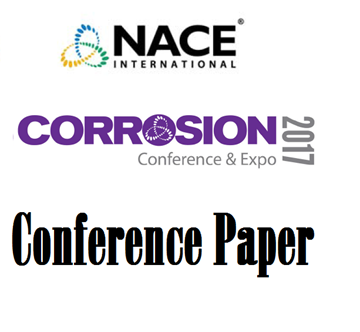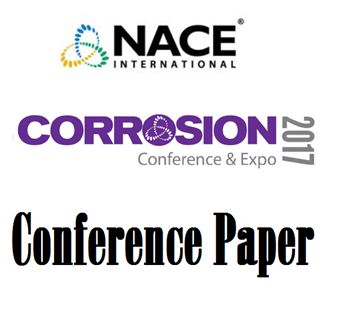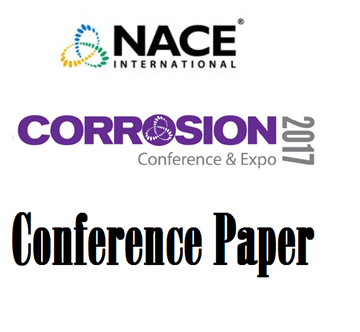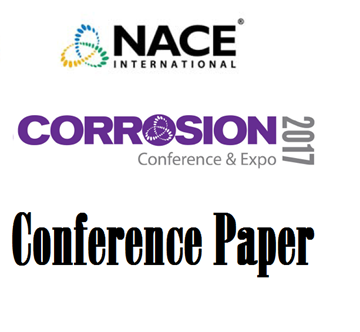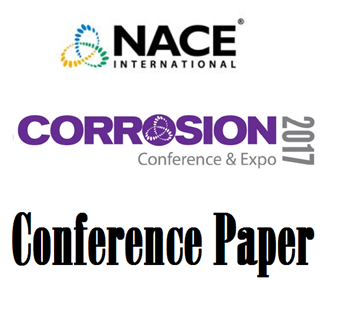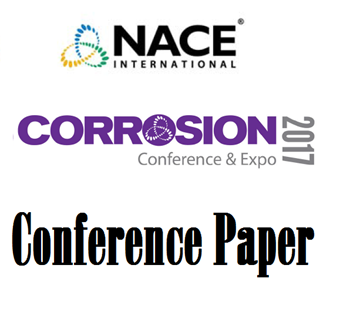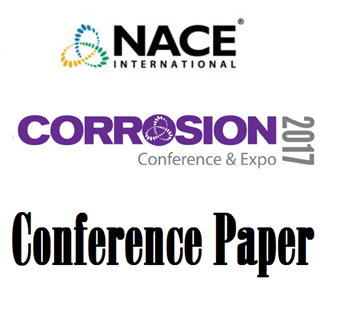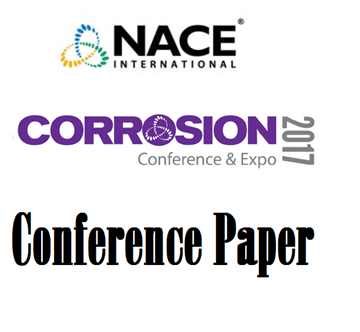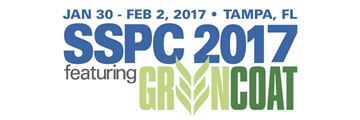Search
Products tagged with '2017 Conference Papers'
View as
Sort by
Display
per page
Influence of Ultrasonic Nanocrystal Surface Modification on the Corrosion and Stress Corrosion Cracking Behavior of Welded Joint in District Heating Pipe
Product Number:
51317--8953-SG
ISBN:
8953 2017 CP
Publication Date:
2017
$20.00
Infrastructure Corrosion Issues and Solutions on Military Bases
Product Number:
51317--9212-SG
ISBN:
9212 2017 CP
Publication Date:
2017
$20.00
Inhibitory Activity of Biopolymers Synthetic Polymers and Phosphonates Against the Formation of Calcium Phosphate Scale in Cooling Water Systems
Product Number:
51317--9013-SG
ISBN:
9013 2017 CP
Publication Date:
2017
$20.00
In-situ CPT of Austenitic and Duplex Stainless Steels on Chloride Containing Environments
Product Number:
51317--9312-SG
ISBN:
9312 2017 CP
Publication Date:
2017
$20.00
Integrity Evaluation of Seventy Years Old Veteran Pipeline
Product Number:
51317--8961-SG
ISBN:
8961 2017 CP
Publication Date:
2017
$20.00
Integrity Management of Oil Wellheads and Flowlines Having Scaling
Product Number:
51317--9323-SG
ISBN:
9323 2017 CP
Publication Date:
2017
$20.00
Interfacial and Corrosion Characterization of Zinc Rich-Epoxy Primers with Carbon Nanotubes Exposed to Marine Bacteria
Product Number:
51317--9465-SG
ISBN:
9465 2017 CP
Publication Date:
2017
$20.00
Internal Corrosivity Assessment and Ranking of Crude Pipeline
Product Number:
51317--9225-SG
ISBN:
9225 2017 CP
Publication Date:
2017
$20.00
Internal Lining Damage Investigation of 24inch Jet Fuel Pipelines
Product Number:
51317--9061-SG
ISBN:
9061 2017 CP
Publication Date:
2017
$20.00
Interpretation and Selection of Direct Examination Locations with Respect to ECDA Methodology
Product Number:
51317--9304-SG
ISBN:
9304 2017 CP
Publication Date:
2017
$20.00
Interpreting Omic Data for Microbially Influenced Corrosion: Lessons from a Case Study
Product Number:
51317--9445-SG
ISBN:
9445 2017 CP
Publication Date:
2017
$20.00
Introduction to Zero VOC High Performance Waterborne Epoxy Systems in Industrial Protective Coating Application
Product Number:
51217-084-SG
Publication Date:
2017
$20.00


